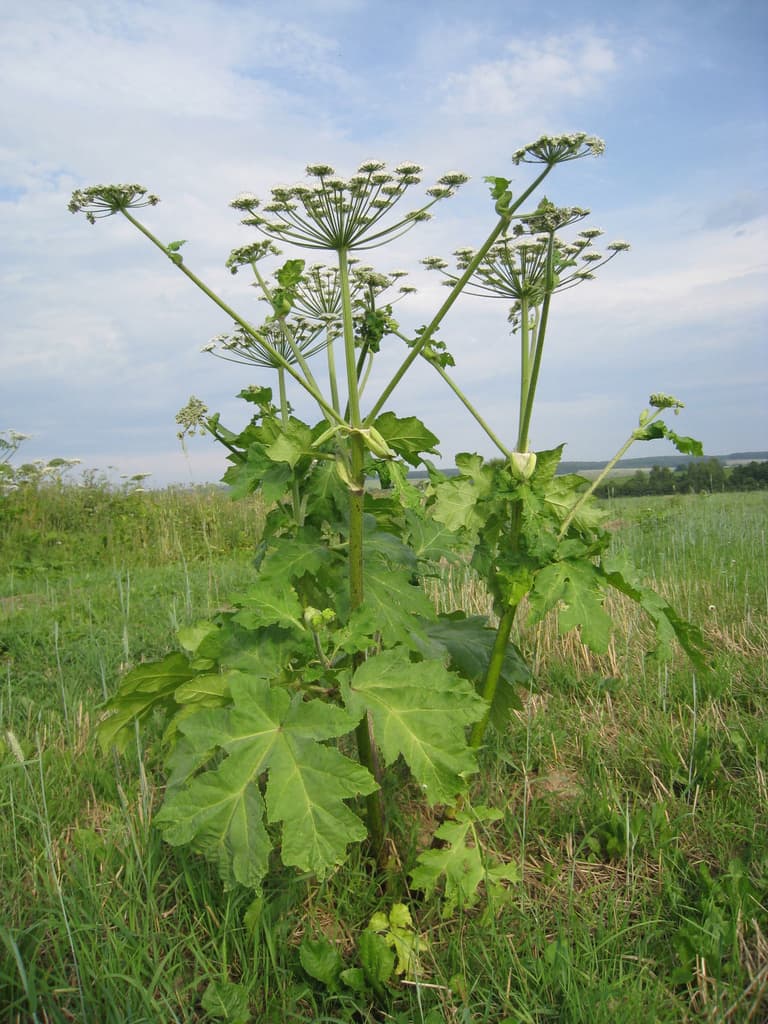During an inventory of the invasive species giant hogweed in Värmland, a similar species was discovered. It had broader, more rhubarb-like leaves and specimens were collected and identified by an expert. A new invasive species had been discovered in Sweden – the broad-leaved hogweed. SVT Värmland was the first to report it.
It has not been found in Sweden before, but it exists nearby in Denmark and the Baltic region, says Dan Mangsbo, nature conservation officer at the County Administrative Board in Värmland, to TT.
The broad-leaved hogweed originates from the Caucasus, where it grows naturally, but has been introduced as a fodder plant in several places in Europe.
We don't know exactly how it got here to the Karlstad area.
And it's not impossible that the broad-leaved hogweed also exists in other parts of the country, according to Dan Mangsbo.
We thought it was just ordinary giant hogweed, and it was a bit of a coincidence that we noticed these deviant specimens.
Control measures underway
Actions have been taken at the two sites where the broad-leaved hogweed was discovered. At one site, all plants have been dug up, and at the other, a few remain, but further seed dispersal has been prevented.
We must act quickly on newly discovered plants. I think it's possible to succeed in getting rid of it since there are very few plants left.
Sometimes invasive species are discovered too late, and then other strategies must be applied to combat the plant, which can be very difficult.
This time it went well, and we haven't found it in more places in Värmland than that.
Same genus as giant hogweed
The broad-leaved hogweed belongs to the same genus as the giant hogweed. Both species can form very large and dense stands. Where they grow, they shade the ground and outcompete other naturally occurring plants.
They spread very quickly and have an enormous capacity to produce seeds. A flower can contain several thousand seeds in the late autumn, explains Dan Mangsbo.
Both species have the same negative properties and are prohibited in the same way throughout Sweden.
So, you can also say that it doesn't really matter if you manage to identify the broad-leaved hogweed from the giant hogweed in other places. They are combated in the same way anyway.
Throughout history, we have had great benefits from foreign species from all corners of the world in gardens, agriculture, and forestry, and for hunting.
But some foreign species take over in their new environment, outcompete other species, and harm ecosystems. They are called invasive alien species.
Invasive alien species are subject to various regulations. The purpose of the regulations is to prevent the species from spreading and harming the environment and biodiversity, as well as to prevent damage to infrastructure, the economy, and human and animal health.
Incorrect handling of invasive alien species in violation of the regulations can result in fines or imprisonment.
Source: The Swedish Environmental Protection Agency





